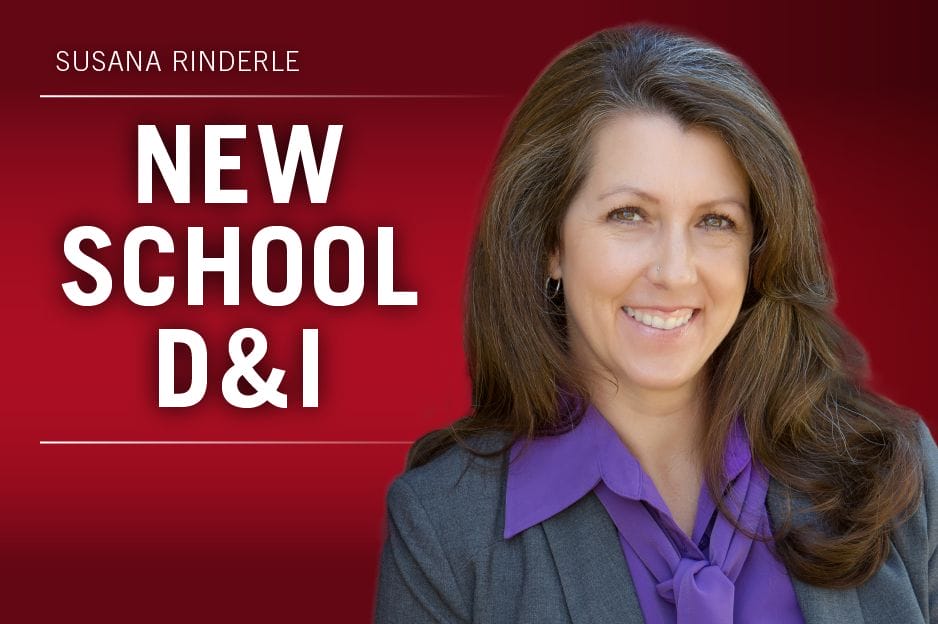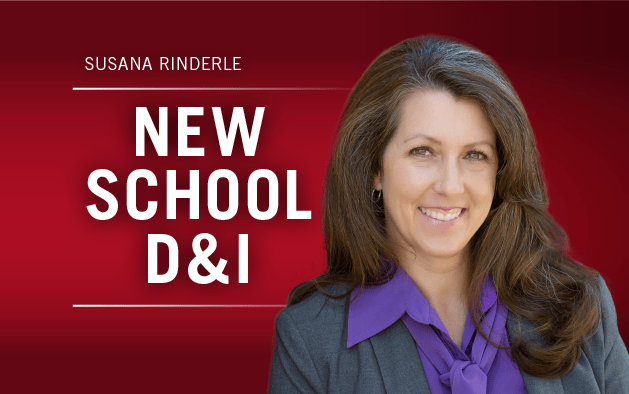In a recent meeting with a major client my consultant team and I were faced with an unusual request.
A transgender executive working for the organization had been facing a series of small but cumulatively damaging setbacks in her career after many years of success. Her slow-motion derailment was harming the performance of her team, which was tasked with a high-stakes, high-visibility project. She had transitioned (from male- to female-presenting) two years earlier and she believed the perceived lag in her performance was not about her actual results, but about her now more-visible gender identity. The organization wanted to invest in the executive’s development and needed help finding her a coach.
It turned out I was the only one in the room who had experience working with transgender clients, but before I could gather more information, one of the leaders jumped in eagerly with a suggestion: “Well, why don’t we call up the local chapter of the Human Rights Campaign and see if anyone there can coach her?” Several heads nodded.
My heart sank. These educated, well-intended professionals had just made the same error too many of our clients make — confusing coaching with mentoring.
As a professional coach and former fitness instructor, there are parallels between the two disciplines that can be helpful in making a distinction between coaching and mentoring.
Before the modern fitness movement first began in the U.S., gyms, sports and various forms of dance and exercise already existed. In the late 1970s and early ’80s, programs such as Jazzercise emerged, and Richard Simmons and Jane Fonda helped popularize a whole new form of intense, rhythmic exercise done to upbeat music.
In those early years, almost anyone who was charismatic and a good dancer could lead an “aerobics” class. However, driven by increasing popularity, the exuberance of innovation soon gave way to widely varying levels of quality among aerobics classes and instructors, some of which seriously injured participants. Over time, the industry developed standards, ethics and certification guidelines so that today, fitness instructors are mostly well trained and accountable, and class participants enjoy both safety and effective guidance in meeting their wellness goals.
Coaching is similar in that the term “coaching” existed long before the coaching field, and some aspects of what we today refer to as “coaching” have always been performed by skilled therapists, bosses, clergy, healers, elders and even close friends. However, these similarities, as well as the recent explosion of the coaching field, have contributed to both confusion about what coaching is and widely varying degrees of quality among coaches even as the field has adopted certification procedures, a code of ethics and credentialing requirements.
The Elements of Professional Coaching
“Professional coaching” is not coaching like we see happening in sports. It’s not directing. Simply put, coaching is the facilitation of self-discovery in another person. This self-discovery is achieved through powerful and provocative questions, insightful feedback on what the coach is noticing, and a clear plan for action and accountability. Effective coaches are extraordinary listeners, highly creative, extremely agile and masterful at self-management — skills developed over months of training and years of practice.
Coaching is not giving advice, telling someone what to do, or showing someone how to perform a task. These functions are more accurately described as advising, mentoring or even consulting. Mentoring is a form of advising, in which the mentor’s role is to impart what the learner doesn’t have — knowledge, wisdom, skills and connections. Coaches can be effective even with minimal experience in their client’s field or industry, because the client possesses the “self” the coach helps them unlock and act from. In mentoring, the mentor has the answers; in coaching, the client has the answers.
Effective advising, mentoring and consulting often have coaching elements to them, but they are not technically coaching. It’s also true that some coaches incorporate advising or consulting in their work — for example, debriefing the results of an assessment or 360 — but when they do, they aren’t necessarily coaching. When I incorporate advising into my coaching, I always ask permission to do so, and verbally indicate when I am stepping in and out of coaching mode.
Being clear about what coaching really is, it is not about nitpicking semantics. When advising is called coaching, or mentoring is conflated with coaching, everyone involved misses out on the unique transformative power of a professional coaching relationship. People think they have experienced coaching, when they have not.
Professional coaches are to coaching what certified fitness instructors are to the fitness world. Here are some of the requirements:
- Many professional coaches have completed a certification program, often accredited by the International Coach Federation, which requires up to 125 hours of training taking place over several months or longer. Some certification programs also require an exam, completion of hours observed by a mentor coach, and receiving coaching from a senior level coach. Coaches who complete certification become certified professional coaches or another designation bestowed by their certification program.
- Some coaches, certified or not, choose to complete a credential, usually with the International Coach Federation. This requires at least 100 documented hours of coaching experience, passing an exam, and in some cases (depending on the type of credential and selected path), mentor coaching and/or the submission of recorded sessions for evaluation. Credentialed coaches (ACC, PCC or MCC) must complete continuing education to maintain their credential, which must be renewed every three years.
- In sum, all credentialed coaches are trained, many credentialed coaches are certified, but not all certified coaches are credentialed. The latter case is similar to that of a social worker that has completed their MSW degree but is not yet licensed as a counselor.
Being clear about the qualifications that professional coaches possess is not about denigrating those who aren’t certified or credentialed. Many coaches who are not certified or credentialed are very skilled. But many of them are not. Some of them are not even doing coaching, and they are neither held to a professional code of ethics nor required to meet continuing education requirements.
Our clients trying to support their struggling transgender leader had good intentions, but have a common misunderstanding of what coaching entails. Suggesting that a person from the Human Rights Campaign would be qualified to coach a transgender executive just because they’re LGBTQ is like saying a person who’s good at arithmetic is qualified to do your tax returns, or a person with nice hair is qualified to cut yours. Professional coaches have a specialized, often highly developed skill set that should not be devalued or dismissed.
Both coaching and mentoring are critical to developing employees from underrepresented and marginalized identity groups. While we do need insightful, validating facilitators of our self-discovery, we also need competent role models to show us the way.




 Lately I’ve been getting inquiries about doing cultural sensitivity training. Such requests usually rub me the wrong way and prompt my curiosity. What’s underneath is usually benign and sometimes inspiring, but requires some education and exploration.
Lately I’ve been getting inquiries about doing cultural sensitivity training. Such requests usually rub me the wrong way and prompt my curiosity. What’s underneath is usually benign and sometimes inspiring, but requires some education and exploration.